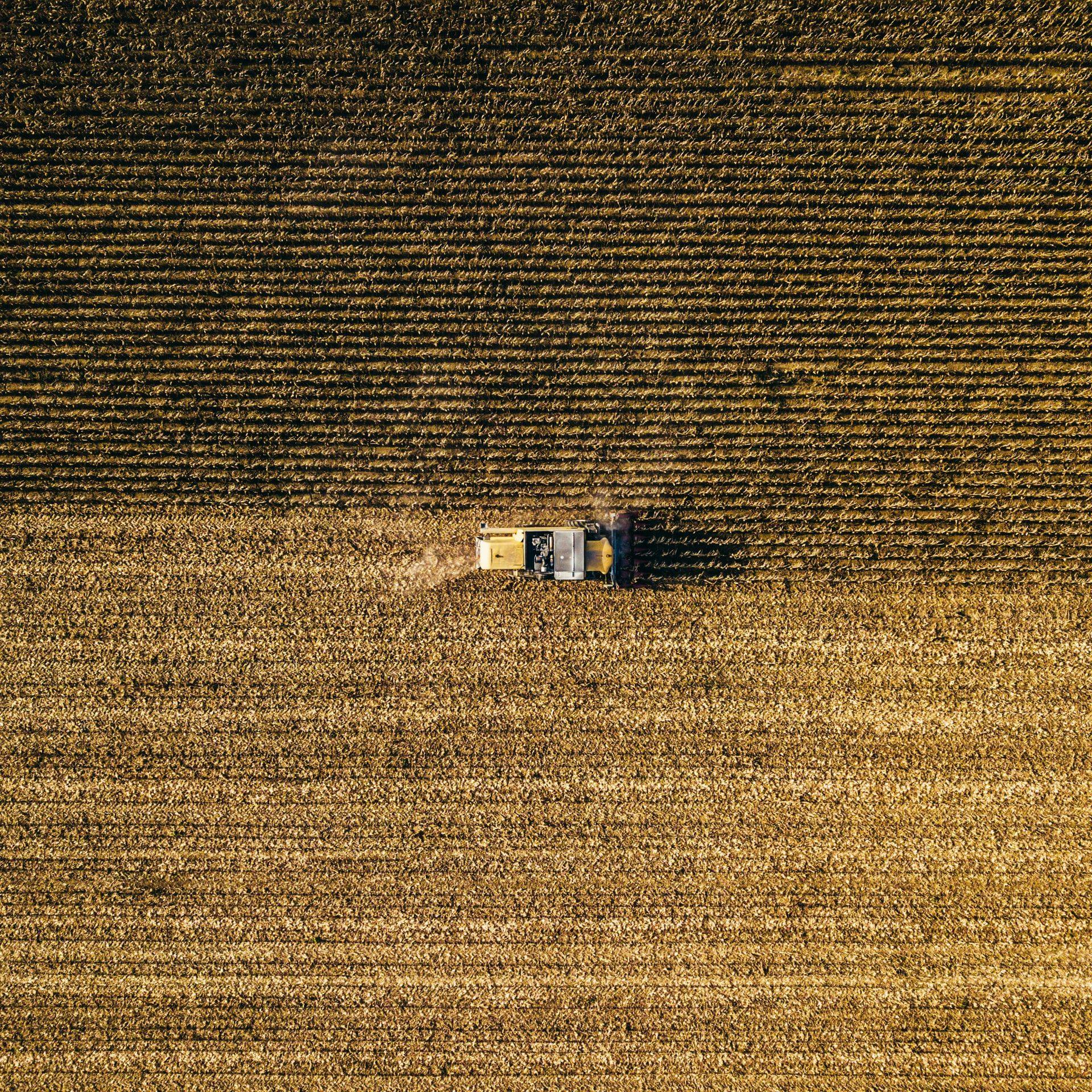publication
·
January 2022
2020 report on the food & beverage sector
The food and beverage sector (including pre- and post-production activities) is one of the most emissive economic sectors, as it is responsible for about a third of total anthropogenic emissions, while agriculture alone produced more than 18% of global emissions in 2016. This report summarizes the results of the CIA (Carbon Impact Analytics) campaign, to identify the carbon performance and climate transition risk of 95 food and beverage companies. Together, these companies amount to about 2 000 billion euros in market capitalization, representing approximately half of the sector’s total market capitalization.
Key messages
- Emissions from energy consumption play a minor role in the sector’s total emissions. Instead, emissions from agricultural practices including land use and deforestation are key.
- Few companies focus on the production and marketing of high carbon food products, including meat as well as coffee and cacao.
- In order to adapt to the agricultural transition, companies need to adapt their food products, as well as the agricultural practices applied to produce agricultural raw inputs. Only few companies focus on both aspects in the long-term strategy.
- Food and beverage companies do not report transparently and consistently on their Scope 3 emissions, even though they represent the main emission scope for these companies.
- Further methodological developments might be needed to take into account the nutritional quality of food and beverage products in the CIA rating method. An increased reporting transparency by analyzed companies regarding the quantities and types of sold products would be beneficiary for this.
Agriculture and Agribusiness
CIA


